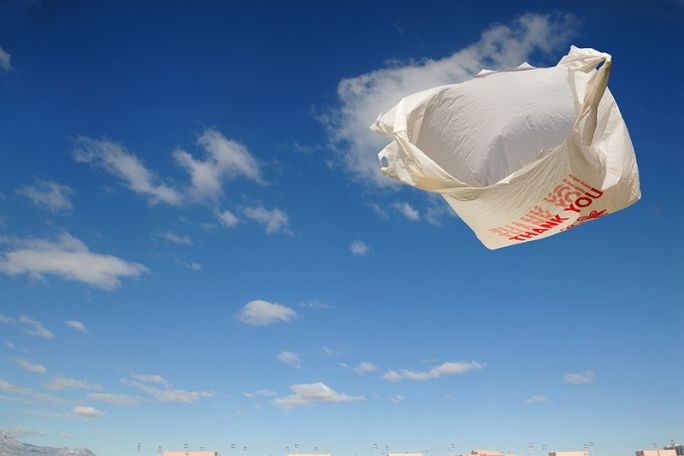Lesson summary
Students consolidate all they have learned about litter in the school and design and complete a communication project that will raise awareness of litter in the school. They also use the results from the three earlier activities to identify some key recommendations to cut the litter in the school.
Learning Goals:
- Litter is unsightly, expensive to clean up, pollutes water ways and can harm people and animals.
- There are many ways that we can communicate to others about the benefits of not littering.
Lesson guides and printables
Lesson details
Curriculum mapping
Australian Curriculum content descriptions:
Year 7 English:
- Plan, draft and publish imaginative, informative and persuasivetexts, selecting aspects of subject matter and particular language, visual, and audio features to convey information and ideas (ACELY1725)
- Use a range of software, including word processing programs, to confidently create, edit and publish written and multimodal texts(ACELY1728)
Year 7 Science:
- Science understanding influences the development of practices in areas of human activity such as industry, agriculture and marine and terrestrial resource management (ACSHE121)
- Communicate ideas, findings and solutions to problems using scientific language and representations using digital technologies as appropriate (ACSIS133)
Year 8 English:
- Create imaginative, informative and persuasive texts that raise issues, report events and advance opinions, using deliberate language and textual choices, and including digital elements as appropriate (ACELY1736)
- Use a range of software, including word processing programs, to create, edit and publish textsimaginatively (ACELY1738)
Year 8 Science:
- Science and technology contribute to finding solutions to a range of contemporary issues; these solutions may impact on other areas of society and involve ethical considerations (ACSHE135)
- Science understanding influences the development of practices in areas of human activity such as industry, agriculture and marine and terrestrial resource management (ACSHE136)
- Communicate ideas, findings and solutions to problems using scientific language and representations using digital technologies as appropriate (ACSIS148)
Syllabus Outcomes: SC4-13ES, SC4-11PW, SC4-9WS, EN4-2A, EN4-4B.
Indoor or outdoor activity: Indoor.
Time required: Several classes of 30 mins each.
Level of teacher scaffolding: Facilitate the process.
Resources required
- Depending on the communication medium chosen by the students: art materials
- Computer with internet access, camera, movie camera.
Additional info
This is an original Cool.org lesson. Facts and figures in these lessons may have changed since this lesson was published. We always endeavour to update our resources in a timely manner, but if you see an error or issue in our resources please get in touch with us.


Welcome back!
Don't have an account yet?
Log in with:
By signing up to Cool.org you consent and agree to Cool's privacy policy to
store, manage and process your personal information. To read more, please see
our privacy policy here(Opens in new tab).
Create your free Cool.org account.
Many of our resources are free, with an option to upgrade to Cool+ for premium content.
Already have an account?
Sign up with:
By signing up to Cool.org you consent and agree to Cool's privacy policy to
store, manage and process your personal information. To read more, please see
our privacy policy here(Opens in new tab).